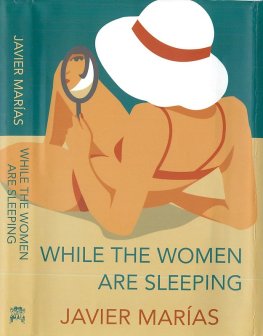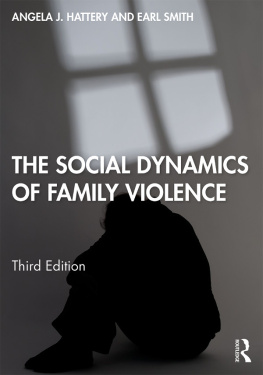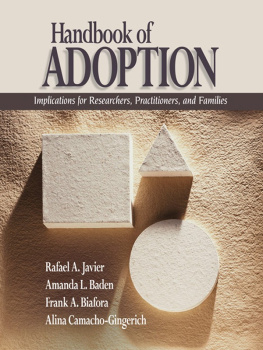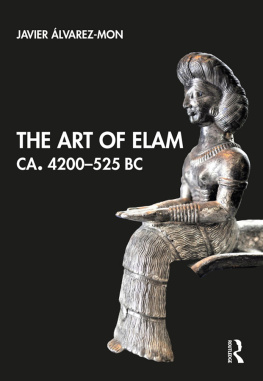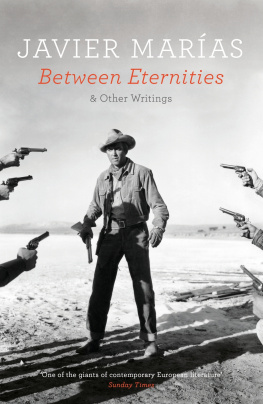IN HARMS WAY
IN HARMS WAY
THE DYNAMICS OF URBAN VIOLENCE
JAVIER AUYERO AND MARA FERNANDA BERTI
PRINCETON UNIVERSITY PRESS
PRINCETON AND OXFORD
Copyright 2015 by Princeton University Press
Published by Princeton University Press, 41 William Street,
Princeton, New Jersey 08540
In the United Kingdom: Princeton University Press, 6 Oxford Street,
Woodstock, Oxfordshire OX20 1TW
press.princeton.edu
Excerpt from Let the Great World Spin 2009 by Colum McCann. Published by HarperCollins Publishers Ltd. Colum McCann, 2009, Let the Great World Spin and Bloomsbury Publishing Plc. Colum McCann, 2009, Let the Great World Spin Penguin and Random House. All Rights Reserved.
All Rights Reserved
Library of Congress Cataloging-in-Publication Data
Auyero, Javier.
In harms way : the dynamics of urban violence / Javier Auyero and Maria Fernanda Berti.
pages cm
Includes bibliographical references and index.
ISBN 978-0-691-16477-9 (hardback)
1. Urban violenceArgentinaBuenos Aires. 2. Urban poorArgentinaBuenos Aires. 3. Marginality, SocialArgentinaBuenos Aires. 4. Buenos Aires (Argentina)Social conditions. I. Berti, Mara Fernanda, 1972 II. Title.
HN270.B8A98 2015
303.6091732098212dc23
2014049576
British Library Cataloging-in-Publication Data is available
This book has been composed in Adobe Caslon Pro and Avenir LT Std
Printed on acid-free paper.
Printed in the United States of America
10 9 8 7 6 5 4 3 2 1
TO OUR STUDENTS
But it was ridiculous, really. How could her mother have crawled away from that life and started anew? How could she have walked away intact? With what, sweeping brooms, dust pans? Here we go, honey, grab my high-heeled boots, put them in the wagon, westward we go. Stupid, she knew.
Colum McCann,
Let the Great World Spin
PREFACE
In Argentina, and elsewhere in Latin America, members of the middle and upper-middle classes tend to be the main spokespeople in public debates regarding the issue of citizens public safety (seguridad). Public discourse about urban violence tends to be dominated by those occupying privileged positions in the social structure; they are the ones who talk most about the issue because, presumably, they are the ones most affected by it. And yet any cursory count of the victims of urban violence in the subregion tells us that those who are suffering the most from it live (and die) at the bottom of the sociosymbolic order. But the inhabitants of the urban margins are hardly ever heard from in debates about public safety. They live en la inseguridad, but the discourse about violence and risk belongs toin other words, it is manufactured and manipulated byothers. As a result, the experience of interpersonal violence among the urban poor becomes something unspeakable, and the everyday fear and trauma lived in relegated territories is constantly muted and denied. The urban violence among those who suffer from it the most is banished from public debate.
In a very basic sense, this book is about the collective trauma created by the constant and implacable interpersonal violence in a marginalized neighborhood in the outskirts of the city of Buenos Aires, Argentina. We want to subject the experience of violence to social scientific analysis and, given the incessant disavowal of its very existence, we also want to unearth those lived experiences so that they can become both visible and a subject of debate. Our modest attempt to go against the persistent silencing and denial is why we devote a large portion of this book to the basic documentation of the multiple forms of violence that exist at the urban margins.
In the course of our research and writing, we struggled with the proper way of representing interpersonal brutality among the dispossessed. The stories we reconstruct and the testimonies we cite could be used to reproduce and reinforce the most pernicious stereotypes about the urban poor. A superficialor ill-intendedreading of the ethnographic material presented here could lead readers to think that residents of the place where we conducted our fieldwork are, to cite the film title of Ettore Scolas savage comedy, Brutti, Sporchi e Cattivi (Ugly, Dirty and Bad). More or less euphemistic versions of this accusatory stigma abound in the social sciences, and every now and then reemerge, as we can see with the renewed interest in the now sanitized notion of the culture of poverty. The reason why this stigma persists despite rigorous sociological and anthropological research that debunks it is beyond the scope of this book. But we are very aware that a selective appropriation of the material presented belowthe image of a house perched over a putrid stream, the reconstruction of a violent assault or a domestic fightcould be enough to trigger a damning stigmatization of those living on the lower rungs of the social ladder. Even despite best intentions, academics and journalists can join the symbolic war against the folks they most care about, in our case, those constantly living at risk at the urban margins in contemporary Argentina. For that reason, while writing this book, we oftentimes hesitated. We wrote entire sections, and then, fearful of the way in which we imagined they would be read, got rid of them. And yet, the person who is in daily direct contact with the children and adolescents of the area (Fernanda) cannot afford the luxurythe academic privilege, one could sayof indecision. This needs to be told now, Fernanda wrote in her diary at the end of a particularly taxing day in front of the classroom. It was this sense of urgency, and not an intellectual epiphany, that made us suspend our doubts and representational worries, and pushed us to write the pages that follow.
IN HARMS WAY
INTRODUCTION
The afternoon begins; I take attendance. Maitn comes close to me and says, at a whisper, that she is not coming tomorrow. They shot at my brother in Villa Ceferina yesterday. He is in the hospital; hes doing pretty good. Tomorrow Im not coming. I dont write this conversation down in my field note journal. I dont bring my notebook anymore. But I listen. I continue taking attendance. Next to my desk Osvaldo and Sami are seated. Show it to teacher, come on, show her! Shes not gonna say anything, says Sami to Osvaldo. I ask Sami whats going on, and he pulls a bullet out of his pocket. I found it on the sidewalk in front of my house, when I was coming here. Ricardo chimes in, it must be from last night you could feel shots all around. I ask them, without knowing, if its used. No teacher, see? It has to be missing this part! Its not used its one from a .9 mm.
I had my camera in my bag. I brought it because I am photographing my sixth grade students to make them a graduation video. I took out my camera and photographed the bullet. Sami asks, Are you going to show the photos to my mom? Are you going to put them on the Internet? Why are you taking photos? they asked. I responded, Do you remember Javier, the man who came a couple of months ago to our class? Well he and I are finishing a book together about the life of the neighborhood. Remember when I told you about that? We would like to tell the story of this bullet.



